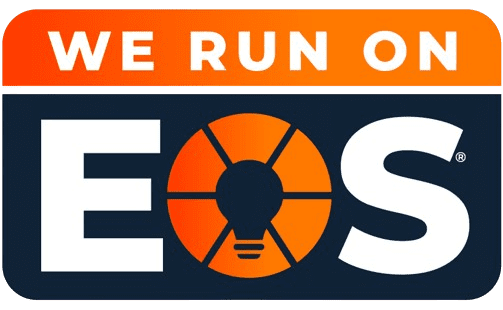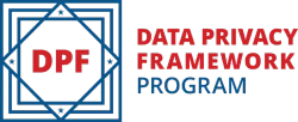Figuring out how to stay competitive in today’s dynamic market feels like a moving target. There is so much to learn and so much agility needed to be successful. For companies to thrive, they need a skilled and engaged workforce. They need employees who feel invested in the success of the organization because they know leadership is invested in them.
Without engagement, employees feel like an easily replaceable cog in a machine. The motivation of a job and paycheck can only carry someone’s energy so far. After time, people naturally begin to match their efforts to their perceived value. The less they feel valued by leadership, the less effort they put in.
What is engagement? How do you know when you experience it?
Engagement is:
- Going into each day with interest and curiosity.
- Feeling seen and understood by management.
- Feeling important/having a sense of meaning.
- Knowing you can make a difference.
- Having room to grow in your career.
These may sound like challenging feelings to generate in your valued employees, but the basics may already be in play at your organization.
Here are 7 critical components of employee engagement.
1. Respect
Having a culture of employee/employer respect is crucial. This is the foundation of engagement. On its own, it’s probably not enough, but without it, nothing else will work. To foster a culture of respect: Treat people fairly/equitably, offer corrective performance advice in private and diplomatically, discourage gossip, follow through on commitments, hire sufficiently to keep workloads manageable, listen to and address concerns, and be prepared to apologize. Everyone makes mistakes; being willing to own up to them as a leader is a sign of respect to your team.
2. Appreciation
Let employees know their work is valued. When someone goes above and beyond, acknowledge it. Say thank you out loud and in public, if the employee is the outgoing type who likes being in the spotlight. For those who shy away from the spotlight, email a sincere, “Thank you.” But go ahead and cc the team because even employees who are reserved like to have their efforts acknowledged.
3. Getting to know people
While we’re on that subject, knowing what type of recognition a person prefers is a great way to keep them engaged. Engagement, like most aspects of leadership, is not a one-size-fits-all matter. Learn about each person’s personality. How do they prefer to communicate? When do they seem to do their work best? What seems to stress them out? A leader’s job is to remove obstacles from a performer’s path. You do that by getting to know what makes them tick. If you’re not sure or you want to dig deeper, consider a behavioral assessment, like The Omnia Behavioral Assessment.
4. Openness
This goes along with respect. As a leader, you may not always be able to tell your staff everything but be as open as you can about what’s going on in the company, projected problems, and possible changes that will impact everyday life for the employee. Secrecy shuts people down, but feeling like management is being open and authentic makes employees feel involved and engaged.
5. Opportunities
Make sure there are opportunities for growth. Few people are comfortable doing the same thing over and over forever. Some are – hold on to them and check in with them regularly to make sure they still have everything they need. For the others, talk to them about the future – their future with the company. Make sure they know you want them there in the future. Keep in mind that not all opportunities have to involve advancement to management. Consider cross-training, introducing new technologies, and offering courses in employees’ areas of interest. What they learn can benefit the company as well as them.
6. Flexibility
If these last few years have taught us anything, it has been the need for flexibility. Most companies learned that they could move ahead and even thrive by being flexible. Don’t forget that lesson when it comes to making adjustments that benefit your employees. If someone is more effective at different times, if family concerns make certain schedules impossible for star performers, if a different approach to the job produces the same results, make a change. It’s not always possible, but we’ve learned that a lot more is possible than we ever thought before. If your first reaction to an ask is “no,” explore why you feel that way. “Because it’s always been done this way” is not a good enough reason to disengage or lose an excellent employee.
7. Innovation
One step beyond flexibility is innovation. Explore with employees the different ways of approaching goals, processes, and operations. An engaged employee is not a cog in a lifeless machine. This is a person you selected because of experience, intelligence, personality, or an undefinable special something. You’ve trained them, and they are succeeding. Now, let them train you. No matter how much you think you know about a job, someone who does it every day knows more. This is what you want! Listen to them, act on ideas, and reward successes.
Developing engagement strategies is not simply a feel-good practice; it’s a strategic investment in the future of your organization. By building a culture of respect, appreciation, authenticity and innovation, leaders can unlock the full potential of their workforce. This fosters an environment where employees feel valued and empowered to make a real difference. The result? A thriving workforce, a more innovative and adaptable company, and ultimately, a path to long-term success in the ever-evolving business climate.
Omnia’s customer success team is here to help with your employee engagement plans! Reach out to us to try an Employee Development or Leadership Style report or to ask about a Custom Report targeted to your specific needs.























